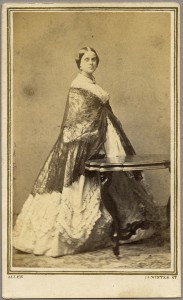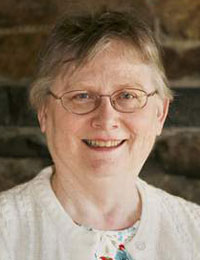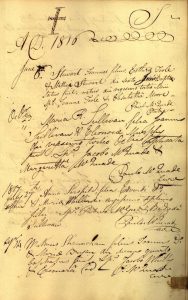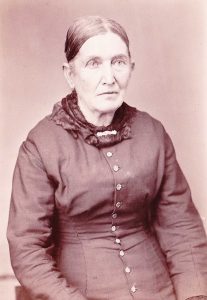
61 Bowdoin Street, Boston, Sunday, 8 January 1865: A bitter cold day – thermom. at 6 this a.m. A warm profuse rain all Friday night turned into a storm of hail, snow, & sleet yesterday – and a clear, cold winter moon was shining out when we retired for the night last evg. Sam [Gray][2] and I have been housed for some days with severe colds – and I have been busy sewing with the dressmaker &c. all the week.
We hear good accounts from dear Regie [Gray].[3] His cough scarcely troubles him at all – and he is very happy. They are doing tout leur possible to make him contented. A gymnasium and workroom are fitted up in the attic for him, the yard is flooded nightly for his slides. Continue reading ‘Every thing the world can offer’








